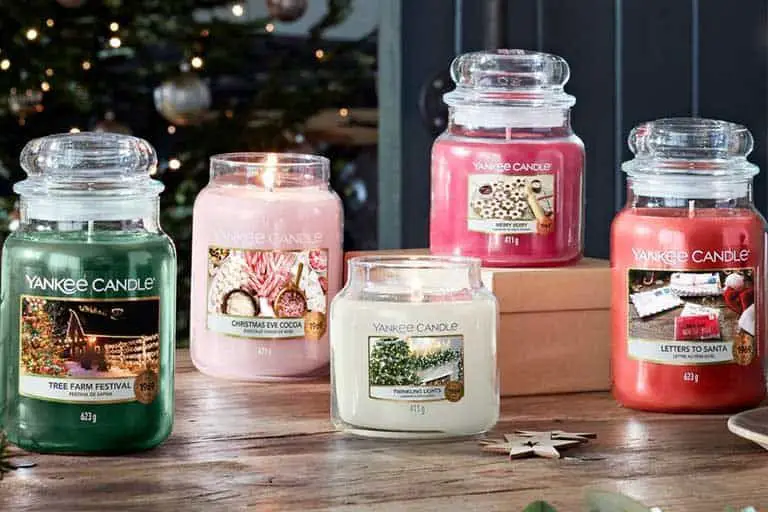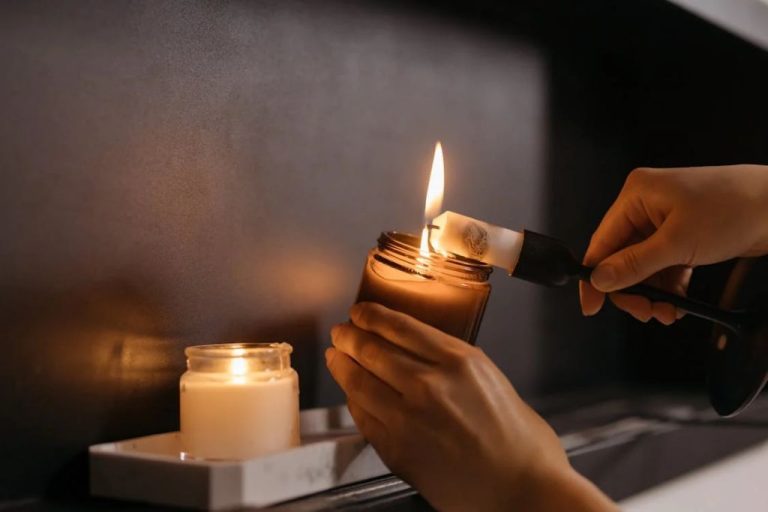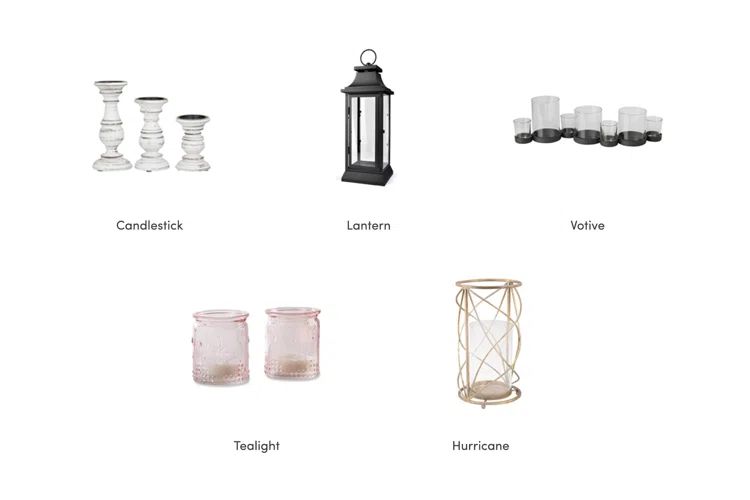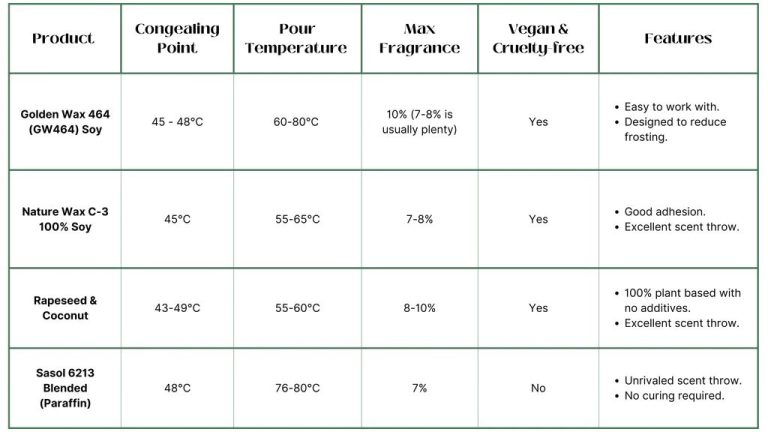What Type Of Candles Are Best To Burn?
There are many different types of candles to choose from, each with their own unique properties and benefits. When selecting candles, some key factors to consider are the wax type, wick type, scent, burn time, smoke level, and pricing. The most common candle wax types include paraffin, soy, beeswax, gel, palm wax, and coconut wax. Each wax type differs in burn time, fragrance throw, smoke output, and environmental impact. Beyond wax, wick selection and scent also play a major role in the candle experience. This guide provides an overview of the most popular candle types to help identify the best options for your needs.
Paraffin Candles
Paraffin candles are made from paraffin wax, which is a petroleum byproduct. Paraffin wax is derived from petroleum and is highly refined, bleached, and deodorized https://blendedwaxes.com/blog/soy-vs-paraffin-candles/. When burned, paraffin candles release compounds like toluene and benzene, which have been linked to asthma and lung issues. The soot they produce can also dirty surfaces in your home https://craftybase.com/blog/types-candle-wax-pros-and-cons.
Soy Candles

Soy candles are made from soy wax, which is derived from soybeans. Soy wax is a renewable and sustainable resource since soybeans can be grown quickly and efficiently. Soy wax itself has several benefits that make it a popular choice for candles:
Soy candles burn slower and cleaner than paraffin wax candles. The soy wax melts at a lower temperature, which causes the candle to burn more slowly once lit. This slower burn time means soy candles last much longer than their paraffin counterparts. The natural ingredients in soy wax also produce very minimal soot, allowing for cleaner burns. [1]
Soy wax is better at retaining fragrances than paraffin wax. Essential oils tend to bind better to soy wax, allowing soy candles to give off stronger scents as they burn. The slower burn time also allows the fragrance to be released over a longer period. [2]
Beeswax Candles
Beeswax candles are made from natural beeswax produced by honey bees. Beeswax is secreted from special glands on the abdomen of worker bees and then used by them to build the walls of their honeycomb (source). As a result, beeswax candles are completely natural and free of toxins. One of the biggest benefits of beeswax candles is that they burn longer than paraffin wax candles – typically up to 2-3 times longer. The natural honey scent of beeswax also makes it pleasing to burn in your home.
Since beeswax is non-toxic, beeswax candles produce very little soot and release negative ions as they burn which helps to naturally purify the surrounding air. This makes them a great option for people concerned about indoor air quality. The natural honey aroma is also very pleasant. Overall, beeswax candles are praised for their natural, non-toxic properties and long-lasting burn time.
Gel Candles
Gel candles are made from a mineral oil-based gel wax that has a jelly-like consistency. The gel wax allows for vibrant colors and designs since it is translucent. Gel wax can be poured into containers while in a liquid state, and then it solidifies into a flexible, gelatinous candle once cooled (https://candlepursuits.com/gel-candle-vs-wax-candle/).
Some key benefits of gel candles include:
- Vibrant colors – The translucent gel wax allows color to shine through brilliantly.
- Unique shapes – Since the gel remains flexible when cooled, it can be molded into intricate shapes and designs not possible with standard wax.
- Decorative – The clear, glossy finish gives gel candles an attractive, decorative look.
- Long burn time – Gel candles typically burn longer than standard wax candles.
- Clean burn – Gel candles produce less soot and smoke compared to paraffin.
Gel candles have become popular for their visual appeal and creativity. The gel wax can be poured into any non-flammable container to create one-of-a-kind candle designs (https://www.candlejunkies.com/choosing-the-right-candle-wax-guide/). While gel candles burn cleanly, some controversy exists over the safety and eco-friendliness of mineral oil-based gels.
Palm Wax Candles
Palm wax is made from the oil in palm trees, specifically palm oil. Some key traits of palm wax include:
– Made from palm oil wax which comes from palm trees. Palm trees yield palm oil which can be processed into palm wax.[1]
– Natural and clean-burning. Palm wax comes from a renewable resource and burns cleanly.[2]
– Good for container candles. Palm wax adheres well to container walls for even melting. It can hold fragrance and color well too.
– Drawbacks exist such as deforestation concerns. Palm oil production has contributed to deforestation which damages habitats.[3]
Overall, palm wax has some benefits but also some environmental concerns to consider when choosing candle wax.
Coconut Wax Candles
Coconut wax candles are made from coconut oil wax and are a popular natural, non-toxic candle option. Compared to paraffin wax which is made from petroleum, coconut wax comes from a renewable source – the coconut palm tree. The molecular makeup of coconut wax allows for excellent scent throw as well as a smooth, even burn (SOURCE 1).
Many people prefer coconut wax candles because they are considered a clean-burning and environmentally-friendly alternative. Coconut wax has a high melting point around 76-82 degrees Fahrenheit, making these candles very resistant to melting in warmer environments (SOURCE 2). Coconut wax is also hypoallergenic and does not release any petroleum-based chemicals or soot when burned.
One downside is that coconut wax can be more expensive than paraffin or soy wax. The production process is more complex since the coconut oil has to be hydrogenated to create the wax. This results in a higher price for coconut wax candles. Additionally, some people find the natural coconut scent of the wax off-putting. However, high quality coconut wax has very little scent. Overall, coconut wax is lauded as an excellent non-toxic and sustainable candle wax option (SOURCE 3).
Candle Wicks
The wick is an essential part of every candle. Properly pairing the wick with the wax and fragrance is crucial for optimal burn performance. According to Elements of a Candle: Wicks, wicks are generally divided into the following types:
Cotton: This is the most common wick material. Cotton wicks are suitable for paraffin, soy, and beeswax candles. They burn evenly and curl as they burn to hold the flame in the optimal position.
Wooden: Wooden wicks make a crackling sound as they burn. They are best for soy wax candles because they burn cooler than cotton. According to Côté Bougie, wooden wicks should not be used with paraffin due to the high burn temperature.
Paper: Paper wicks are flat and are suitable for container candles. They burn slowly and evenly. Paper wicks should only be used with palm, soy, or beeswax candles.
Choosing the proper wick material and size allows the candle to burn at the ideal temperature for the wax. This helps prevent issues like tunneling, smoking, and sooting.
Candle Scent
Choosing the right fragrance for your candle can enhance the ambiance and experience. There are two main options when it comes to candle scents – natural essential oils or synthetic fragrance oils. Both have their pros and cons.
Essential oils are derived from plants and provide natural aroma. They can provide various benefits like stress relief and mood enhancement. However, essential oils are more expensive and can fade quickly from candles. They may also cause allergic reactions in some people (source).
Synthetic fragrance oils are artificially created in labs to mimic natural scents. They are cheaper and last longer in candles. But some synthetic fragrances contain phthalates, which can be harmful. Opt for phthalate-free fragrance oils for a safer option (source).
No matter which scent you choose, avoid overpowering fragrances that can cause headaches or allergic reactions. Consider lighter scents or soy candles which produce less smoke. Test out candles before burning them for long periods and ensure proper ventilation when burning any scented candle (source).
Safety
When it comes to candle safety, it’s important to follow the manufacturer’s guidelines and place candles properly to prevent fires. According to the National Fire Protection Association, you should keep candles at least 12 inches away from anything that can burn, like curtains or furniture. Trim wicks to 1⁄4 inch before lighting to avoid high flames. It’s also recommended to use a candle holder that is heat resistant and won’t tip over easily. Burn candles in a well-ventilated room and never leave them unattended or sleep while a candle is still burning. Extinguish candles when they get to within two inches of the holder or container. By following these safety precautions, you can enjoy candles while minimizing the risk of fires.






